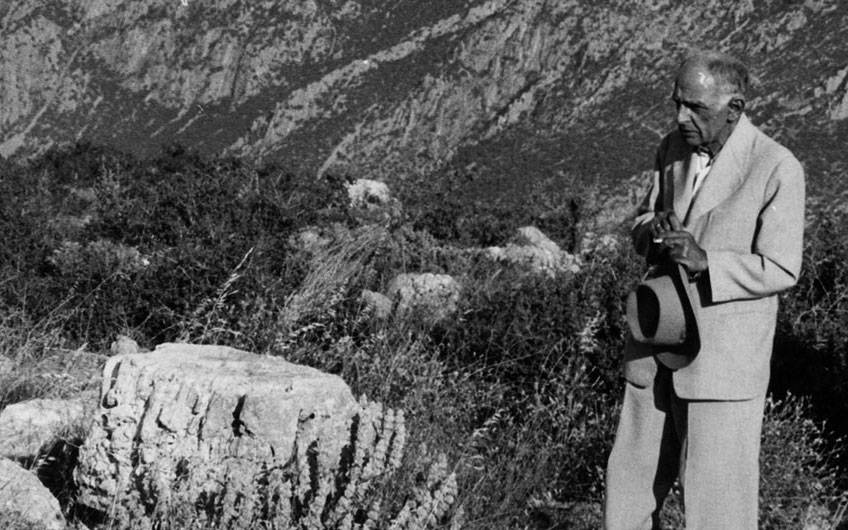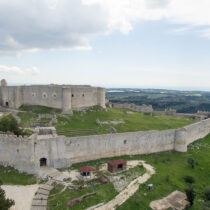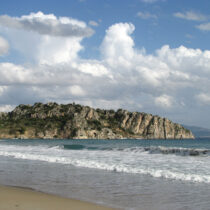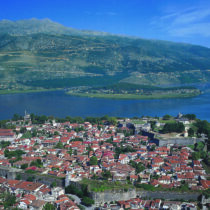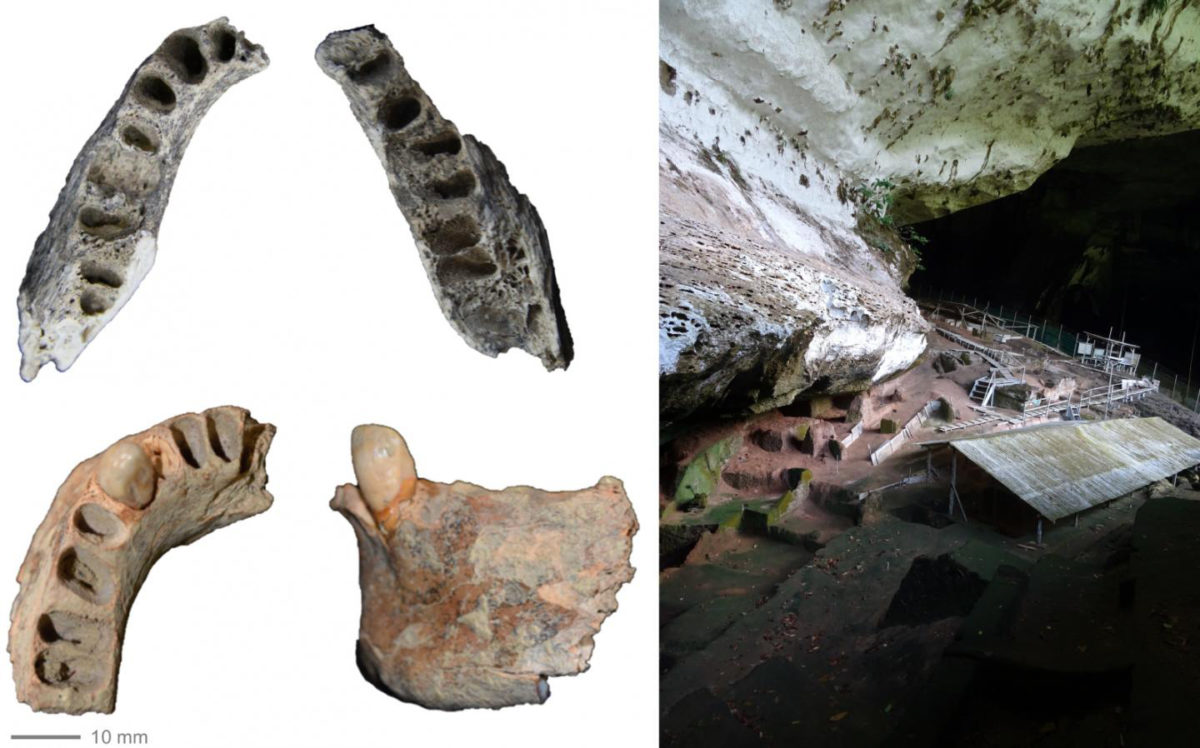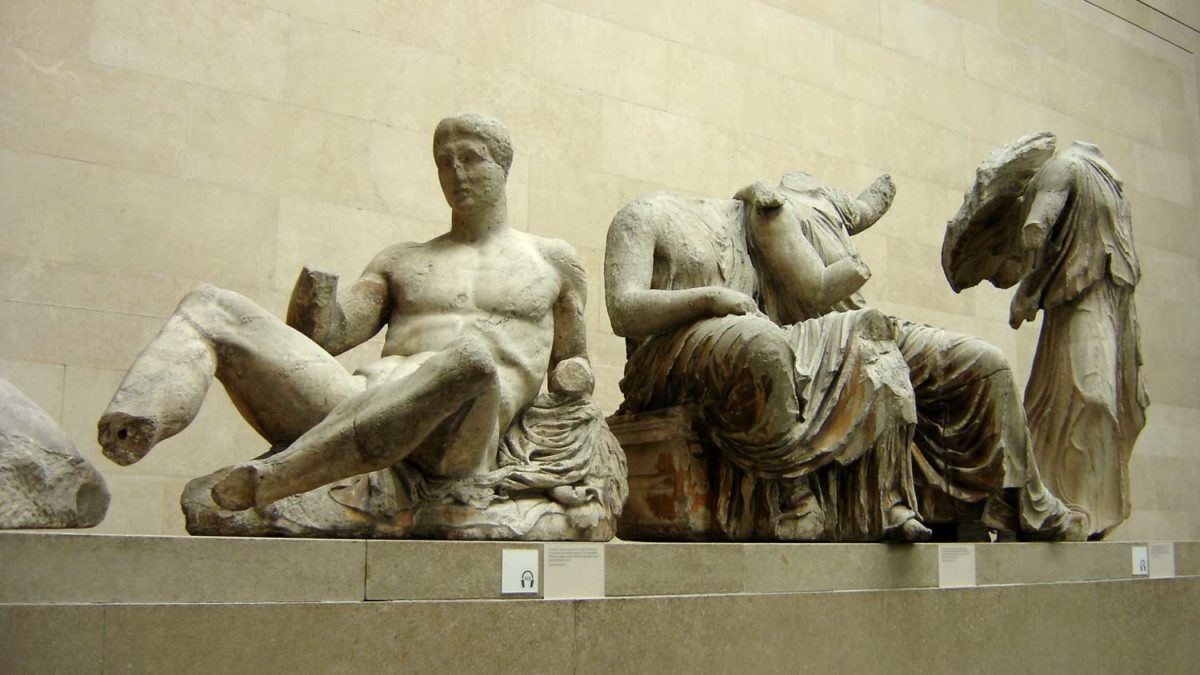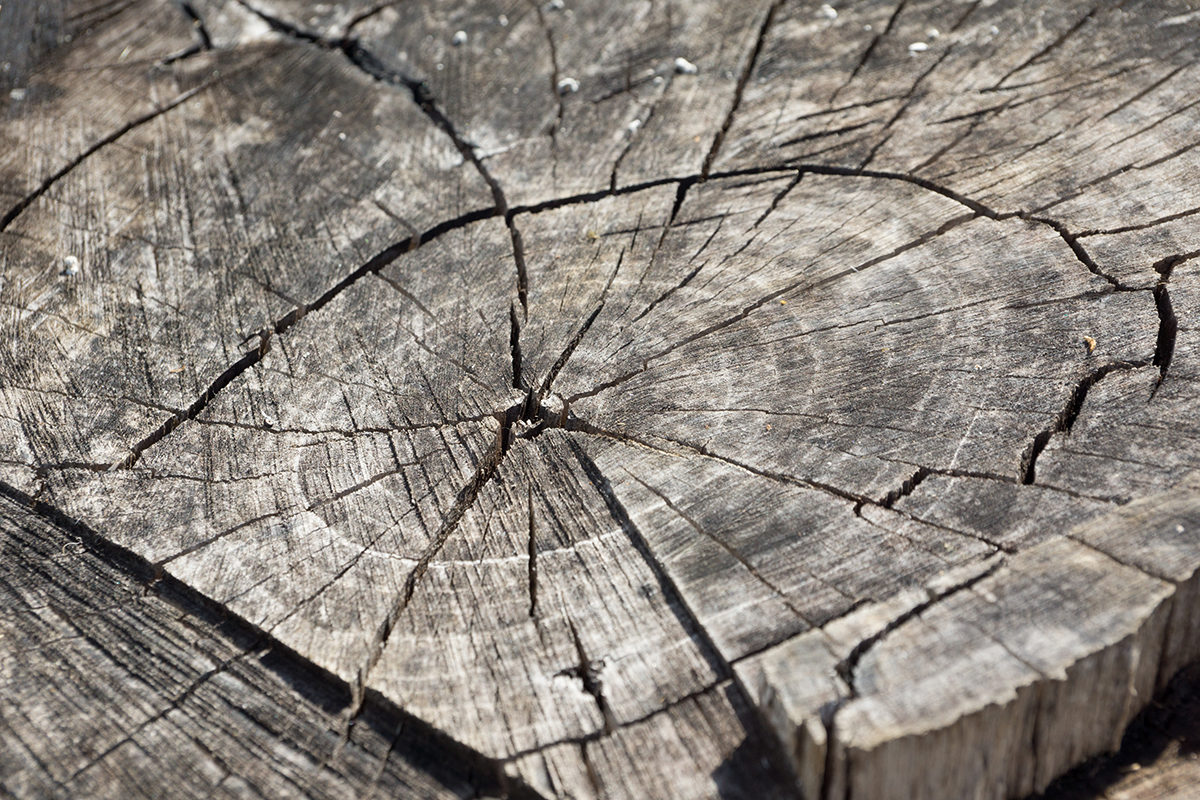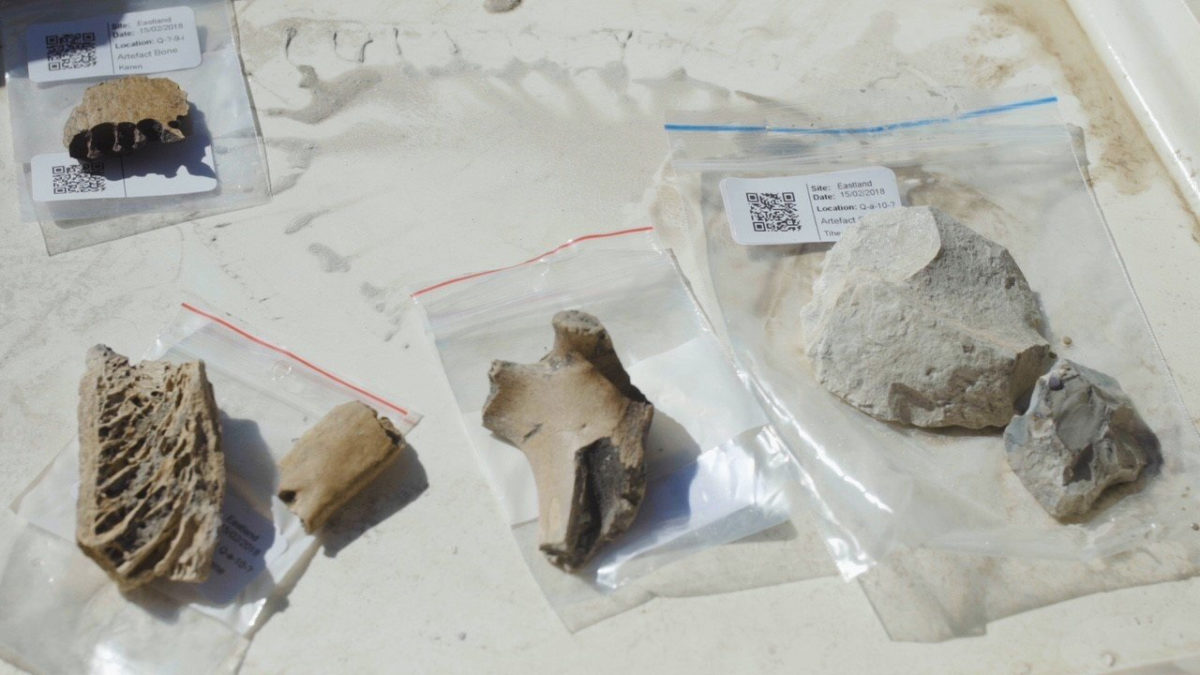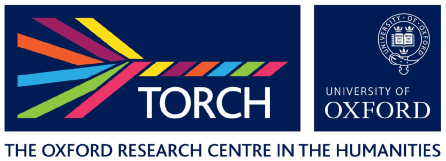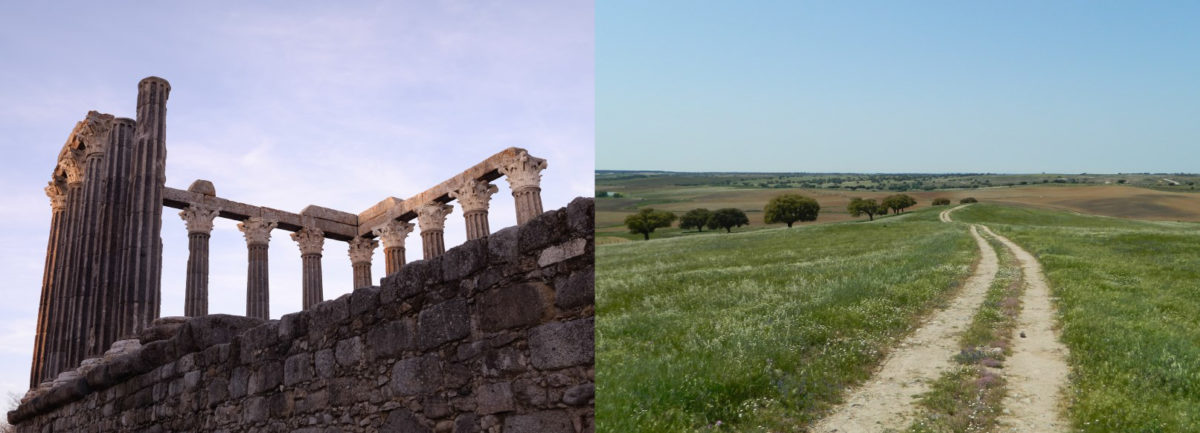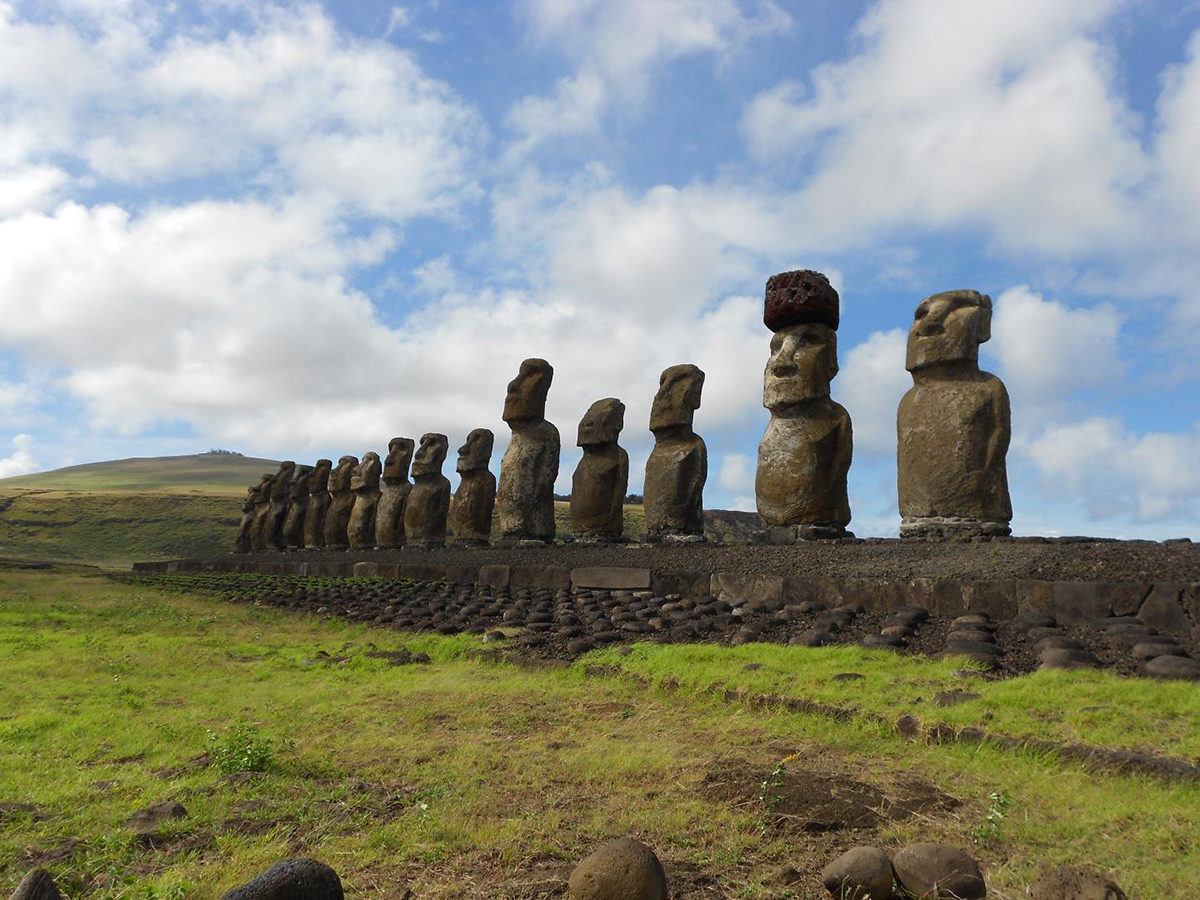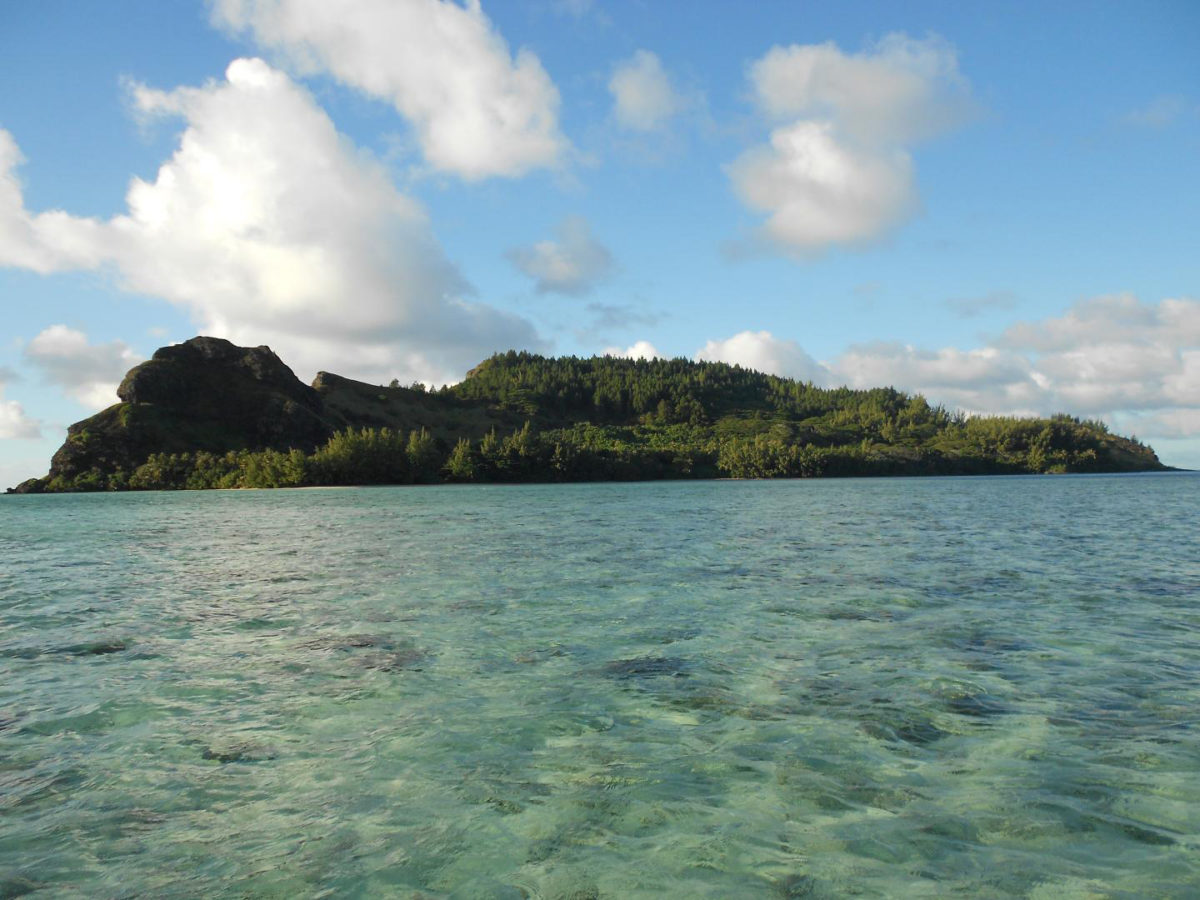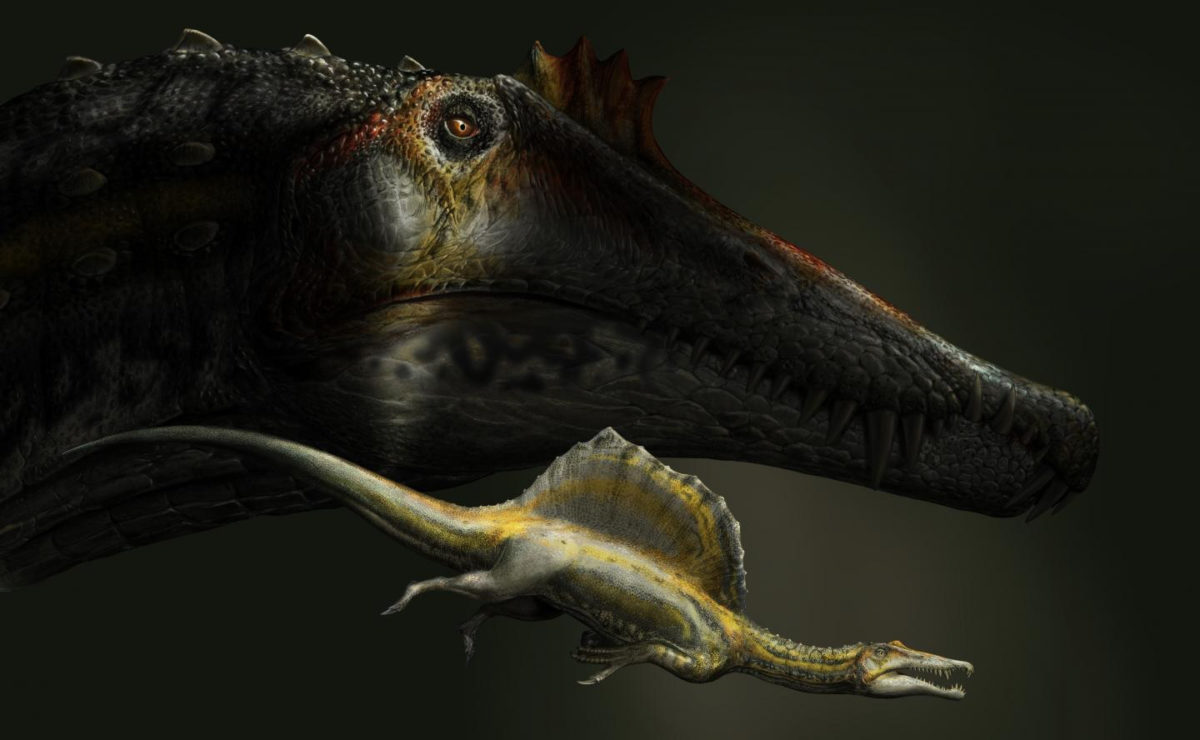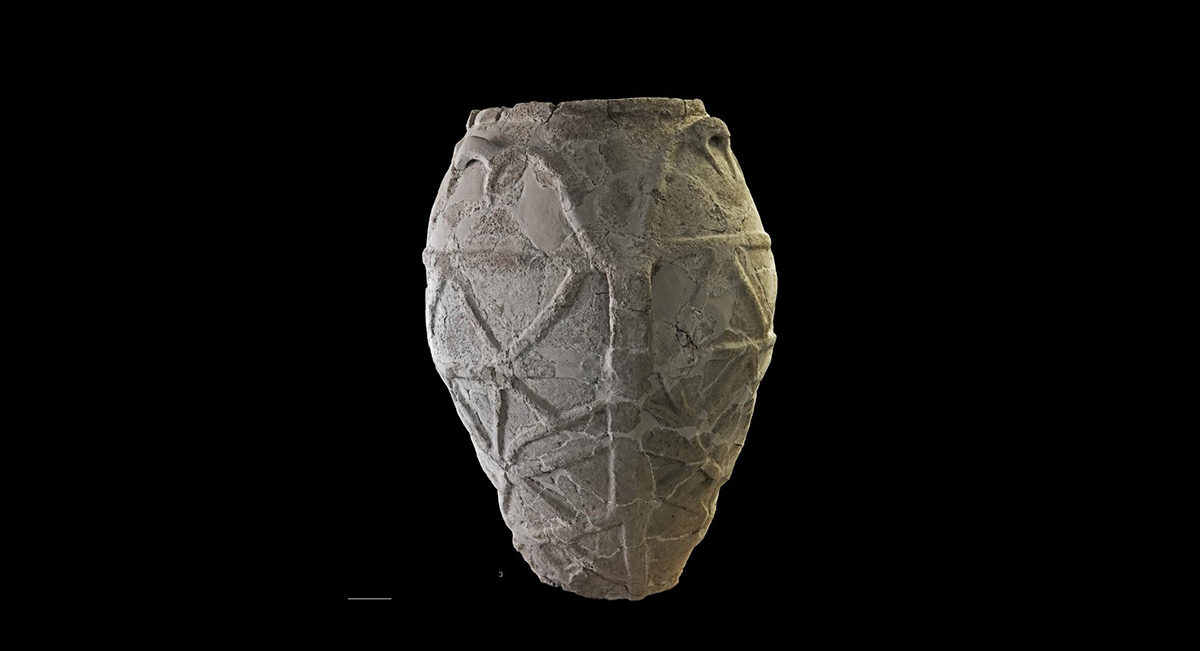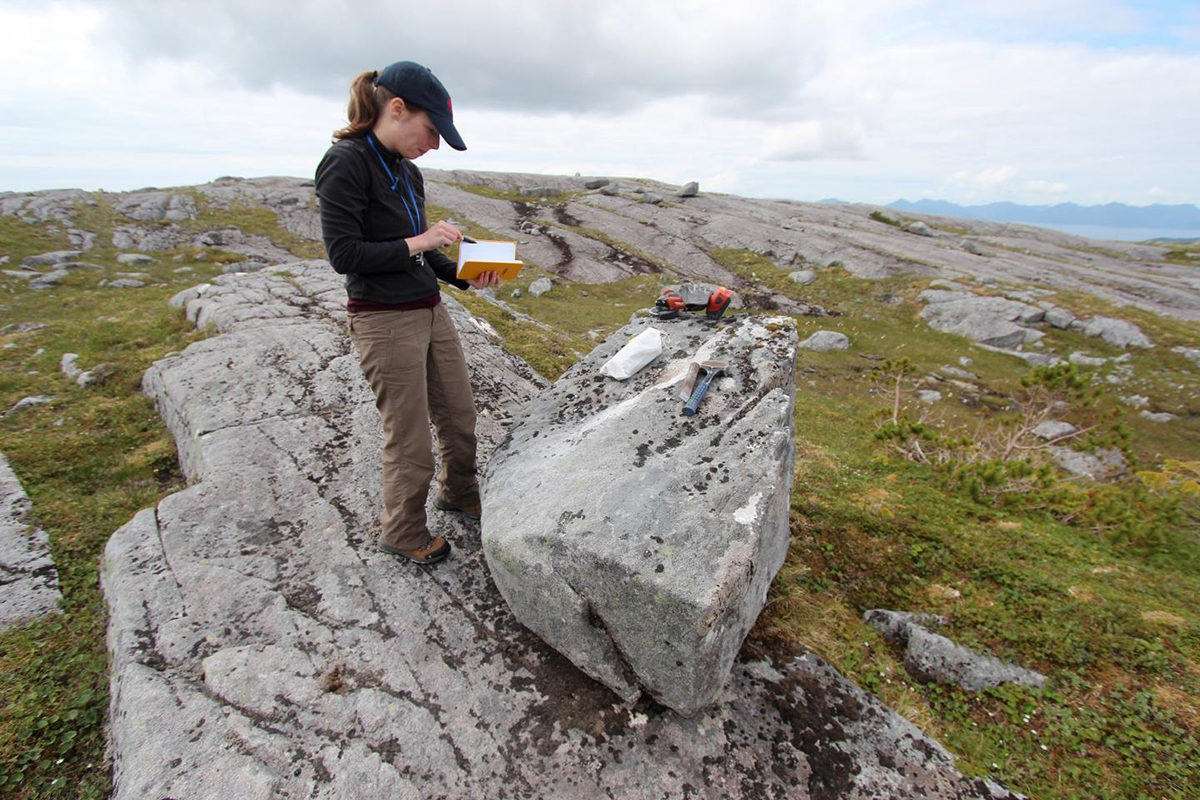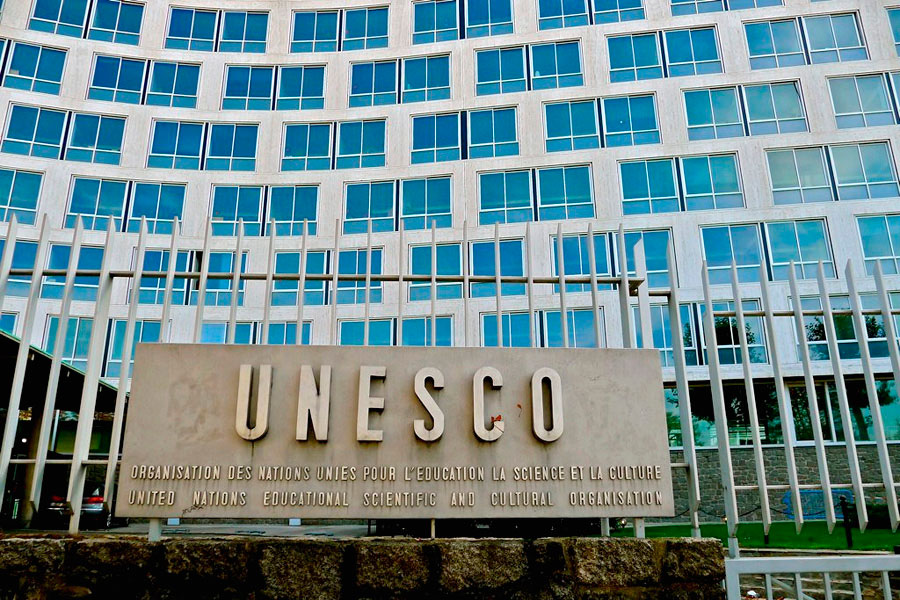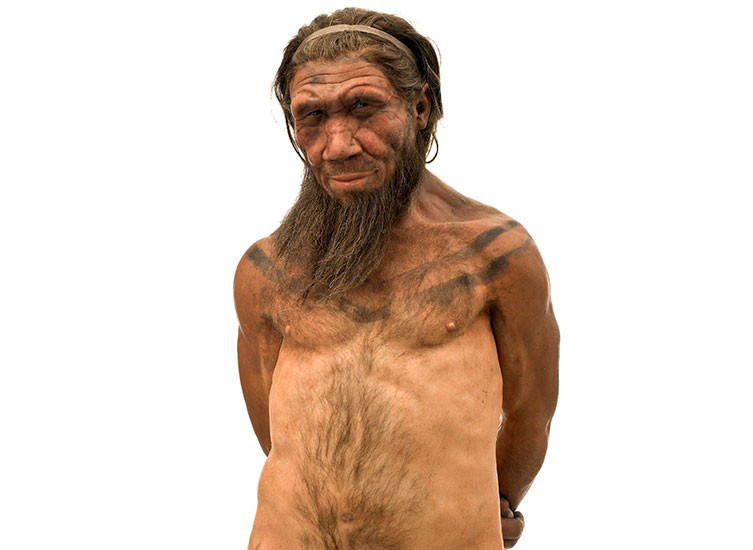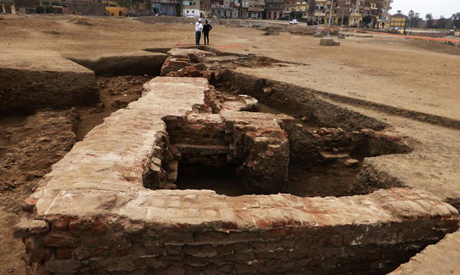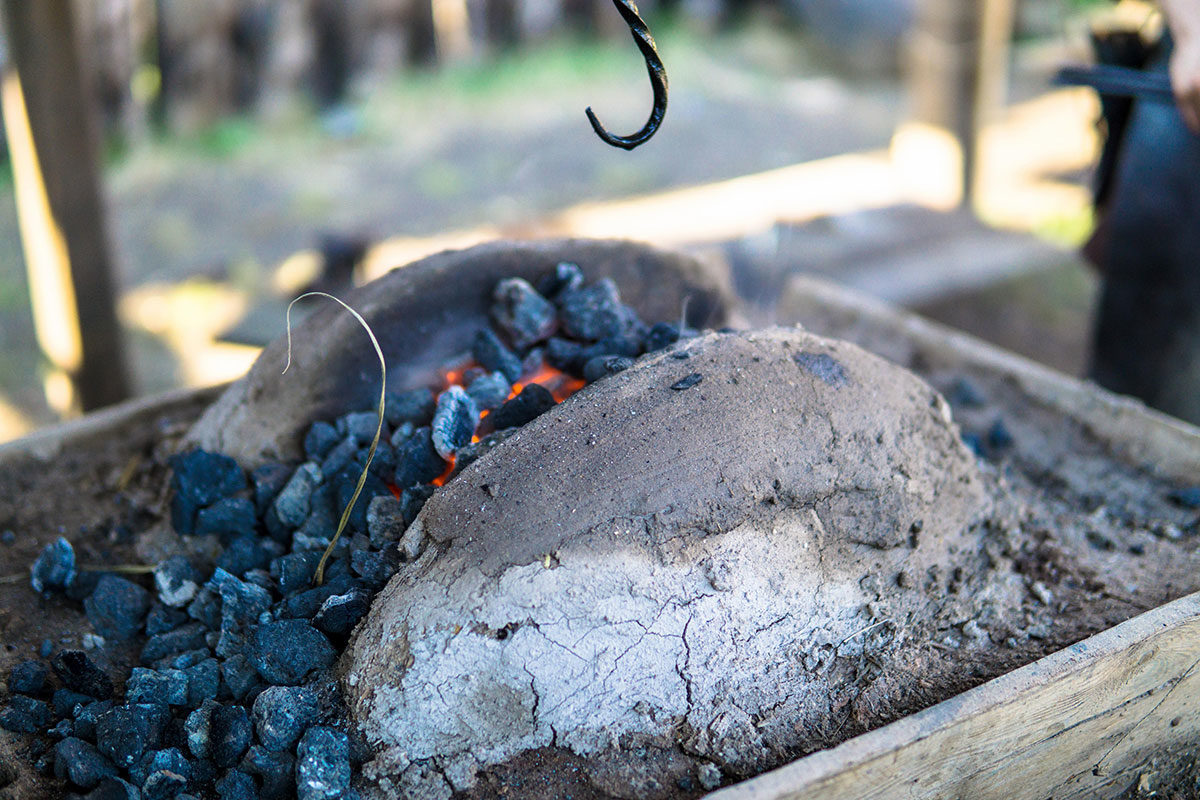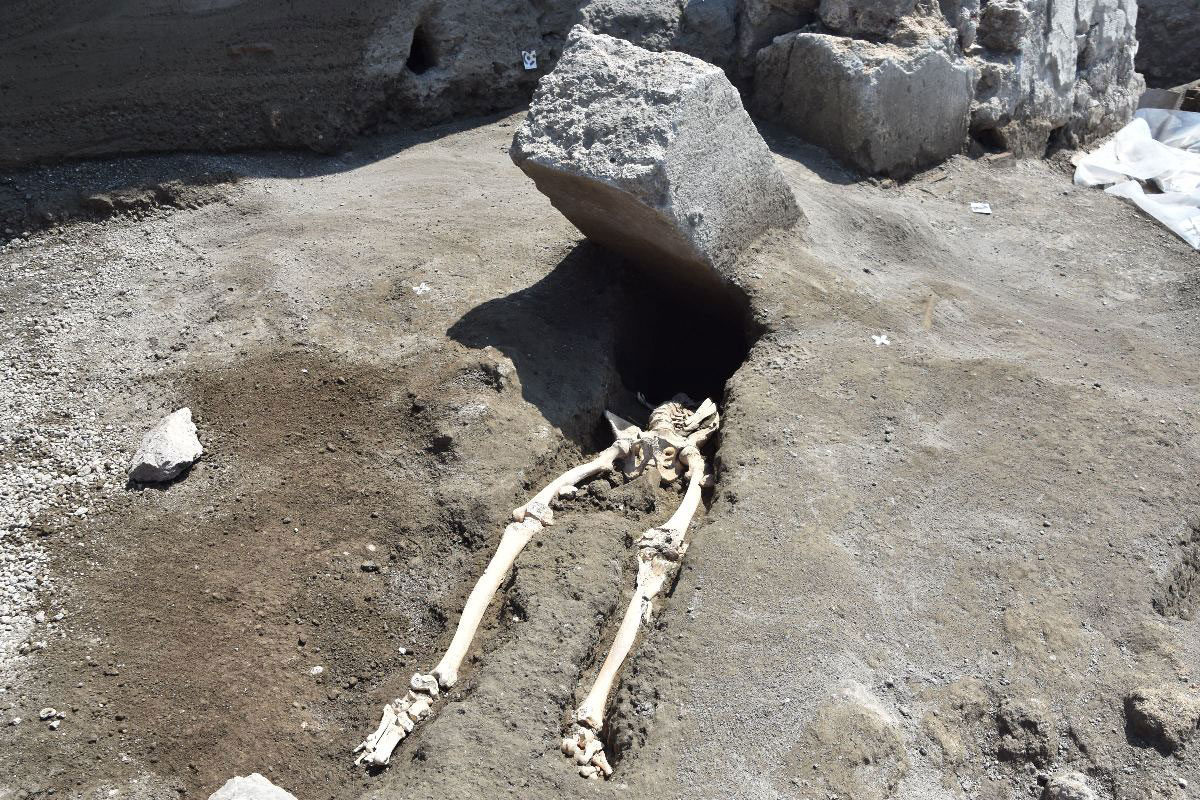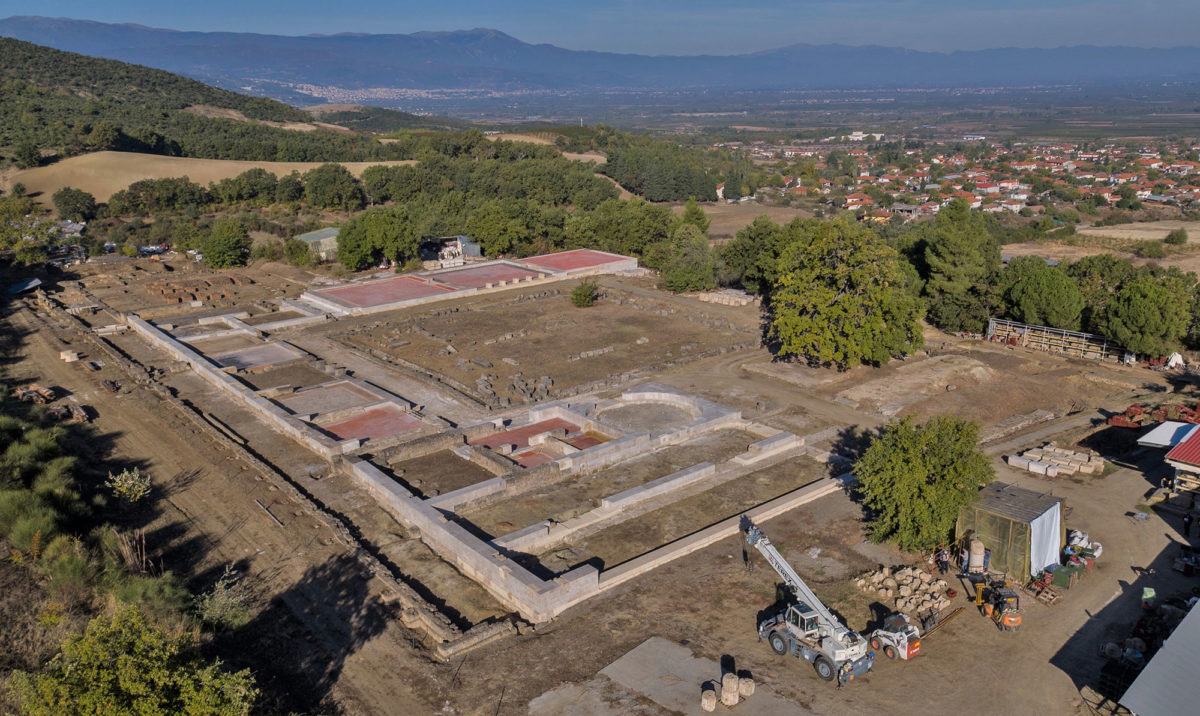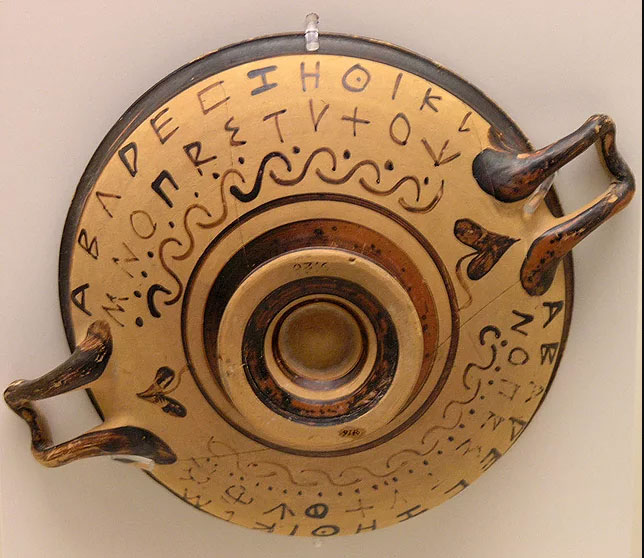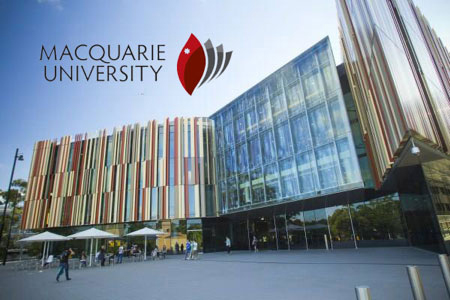When did animals leave their first footprint on Earth?
On July 20, 1969, Neil Armstrong put the first footprint on the moon. But when did animals leave the first footprint on Earth?
Late Pleistocene human mandibles from the Niah Caves may hint at ancient diets
Morphology of rare human mandibles suggest past consumption of dried meats, palm plants.
The return of looted works is requested by BBC presenters
Historian David Olusoga, who presents the series “Civilizations” with Mary Beard and Simon Schama, said that Britain should deal with history.
Cornell research illuminates inaccuracies in radiocarbon dating
New research shows that commonly accepted radiocarbon dating standards can miss the mark — calling into question historical timelines.
Old Maori village discovered by Otago archaeologists
A group of University of Otago archaeologists have uncovered the peripheries of a 14th century Māori village in Gisborne, New Zealand.
Editing Contexts
The conference examines how historical contexts – political, intellectual, and religious – shaped the aims and methods of editors from Antiquity to the present.
The Archaeology of Roman Portugal in its Western Mediterranean context
The Faculty of Archaeology of Leiden University hosts an international conference on the archaeology of the Roman period in Portugal and its place in the Roman West.
Easter Islanders used rope, ramps to put giant hats on famous statues
The ancient people of Easter Island, or Rapa Nui, were able to move massive stone hats and place them on top of statues with little effort and resources.
Pacific rats trace 2,000 years of human impact on island ecosystems
Rats were carried on ships as humans settled the remote islands of the Pacific — analysis of the rats' remains reveals changes humans made to the island ecosystems.
Underwater archaeological research in the sea off southern Naxos
Research began in 2016 with the aim to locate and document underwater antiquities and particularly ancient harbours in the sea along the island’s southern coastline.
The smallest biggest theropod dinosaur
Spinosaurus is the longest, and among the largest predatory dinosaurs, and possesses many adaptations for a semiaquatic lifestyle.
Italy’s oldest olive oil discovered in peculiar pot
New chemical analysis conducted on ancient pottery proves the liquid gold has existed in Italy hundreds of years longer than what anthropologists have previously recorded.
Along Alaska’s Pacific coast, early humans could have migrated to the Americas
A narrow corridor between the Pacific Ocean and the Cordilleran Ice Sheet (CIS) in Alaska may have enabled the migration of humans to the Americas as early as 17,000 years ago.
UNESCO: Concern and skepticism about the Parthenon sculptures
It is the first that the Intergovernmental Committee recognizes the historical, cultural, legal and moral aspects of the return of the Parthenon sculptures.
The age old seafarers of the Aegean
New data reinforces the certainty that tens of thousands of years ago daring travellers had crossed the sea and arrived at Crete and other islands.
Recent finds at San el Hagar
A building which most probably is part of a Greco-Roman bath, pottery vessels, terracotta statues, bronze tools, a stone fragment engraved with hieroglyphs etc. were discovered at the San El-Hagar archaeological site.
Earliest European evidence of lead pollution uncovered in the Balkans
The study provides a new perspective on both the timing and extent of metallurgy in the Balkans, and the associated economic change this brought to the region, such as the inception of the Metal Ages.
Roman decapitated and crushed by block of stone while fleeing eruption of Mount Vesuvius
Pompeii was an ancient Roman town-city near modern Naples, Italy that was mostly destroyed and buried under 4 to 6 m (13 to 20 ft) of volcanic ash and pumice in the eruption of Mount Vesuvius in AD 79.
Archaeological Site of Philippi to be upgraded
The archaeological site will be funded so that all required works can begin to improve its accessibility and make it more functional.
The palace of Aigai opens to the public next Sunday
The palace of Aigai opens with a guided tour by the head of the Ephorate of Antiquities of Imathia, Angeliki Kottaridi.
Peace from Antiquity to the Present Day
In Münster, the city where the Peace of Westphalia was concluded, this exhibition is being presented by five institutions.
Beyond Standards: Attic, the Koiné and Atticism
The conference will receive papers on the three major varieties of standard Greek, exploring new methodologies and investigating understudied phenomena from linguistic, philological, literary and historico-cultural angles.
Cotutelle PhD opportunities at Warwick and Macquarie Universities
The scheme allows doctoral students to spend time at each university and offers joint supervision between both institutions.
